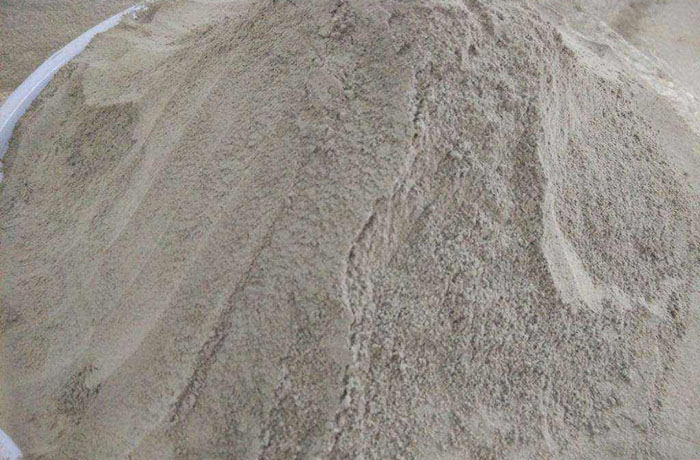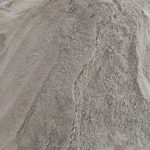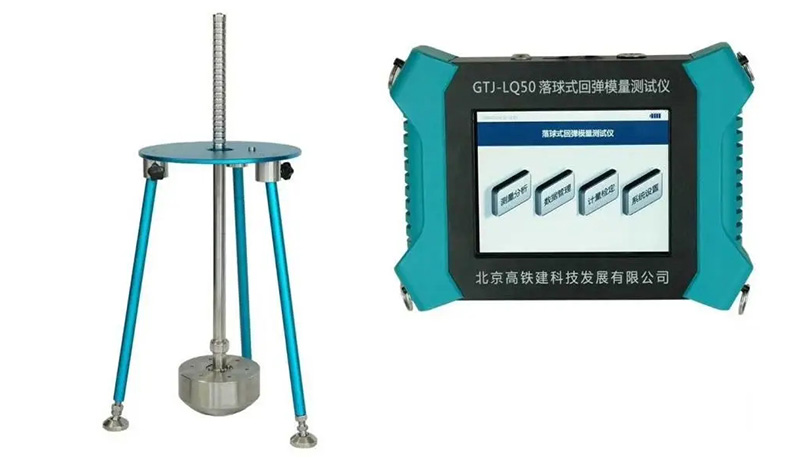A. SCOPE
This test describes the procedure to determining the compressive strength developed by mortar using a given concrete sand, in relation to that developed by mortar using Ottawa sand, and it indirectly measures the concrete-making properties of the sand being tested.
B. REFERENCES
ASTM C 109/C 109M – Compressive Strength of Hydraulic Cement Mortars (Using 2-in. or [50-mm] Cube Specimens
ASTM C 128 – Density, Relative Density (Specific Gravity), and Absorption of FineAggregates
ASTM C 778 – Standard Specification for Standard Sand
ASTM E 11 – Standard Specification for Woven Wire Test Sieve Cloth and Test Sieves
California Test 207 – Specific Gravity and Absorption of Fine Aggregate
C. APPARATUS
The molds, tools, and apparatus used shall be as described in ASTM C 109/C 109M, with the exception that the mixing of the mortars shall be done manually in a stainless steel mixing bowl having a nominal capacity of 6 to 8 qt. The shape of the bowl shall conform to Figure 1 and shall
have inside dimensions such that the ratio of the diameter at the top to the diameter at the bottom shall not be less than 1.8, and the ratio of the diameter at the top to the depth shall be 2.2 ± 0.2.
The sieves shall be standard 8 in. diameter, full height, wire cloth sieves, conforming to the requirements of ASTM E 11, and of the following sizes: No. 4, No. 8, No. 16, No. 20, No. 30, No. 40,No. 50 and No. 100.
D. MATERIALS
1. Portland cement, Type II
2. Standard Sand conforming to ASTM C 778 for No. 20 to No. 30 sand
3. Graded Ottawa sand conforming to Section 4 of ASTM C 778
FIGURE 1. Mixing Bowl
E. TEST RECORD FORM
Record test data on Form TL 0550.
F. CONTROL
Three batches of control cubes shall be fabricated on different days in accordance with the
following procedure:
1. The control mix shall consist of the following:
a. 400 g of portland cement
b. 400 g of No. 20 to No. 30 standard sand
c. 400 g of graded Ottawa sand
d. Water sufficient to produce a flow between 75 and 85, as determined
according to Paragraph 3 of this section.
2. The mortar shall be mixed in the bowl by vigorous and continuous stirring, squeezing, and kneading with one hand, which shall be protected by a snug fitting rubber glove. The materials for a batch shall be introduced in the following manner:
a. Place the water in the bowl, which has just been wiped with a damp cloth or damp sponge.
b. Add the cement to the water and mix for 30 + 3 s.
c. Add approximately one half of the sand and mix for 30 + 3 s.
d. Add the remainder of the sand and mix for 90 + 3 s.
3. When mixing has been completed, a flow test shall be made according to Section 10.3 of ASTM C 109/C 109M, except that the table shall be dropped 10 times in 6 s. If the mortar has a flow greater than 85, discard the batch. If the flow is less than 75, return the mortar to the mixing bowl and add more water. In making a second flow test, add 4 to the observed flow to correct for additional handling.
4. When a flow between 75 and 85 has been obtained, the mortar shall be placed in the 2 in. cube molds and stored in accordance with the method described in ASTM C 109/C 109M. Since the mortar as described is of a stiffer consistency than that used in cement testing, particular attention shall be given to make sure that the mortar is thoroughly consolidated in the molds.
5. Three cubes from each batch shall be tested for compressive strength at 7 days.
G. PREPARATION OF CONCRETE SAND TEST SAMPLE
1. Unless the fine aggregate has been washed during manufacture or is intended for use without washing, it shall be washed to produce a material meeting the requirements of the Caltrans Standard Specifications for cleanliness and to a degree commensurate with good commercial practice.
2. After washing, the aggregate shall be oven dried at a temperature not exceeding 230°F and separated on sieves No. 4 to No. 30, inclusive, and recombined to give the
following grading:
Passing No. 4 100 %
Passing No. 8 78 %
Passing No. 16 59 %
Passing No. 30 35 %
3. Fine sands intended for blending with coarse sands shall be combined with the proposed coarse sand before preparing the sample in the grading set forth above.
4. A quartered fraction of the washed and regraded material shall be tested for bulk specific gravity (saturated surface dry basis (SSD)) and percentage of absorption in accordance with California Test 207.
H. MIXING AND FABRICATION
1. The test mix for the concrete sand mortar shall consist of the following:
a. 400 g cement.
b. (300 × G) grams concrete sand (SSD), where G = bulk specific gravity (SSD).
Since the concrete sand has been previously oven dried, the weight of the sample shall be adjusted to the SSD condition by adding the calculated amount of water to the dry sand.
Example: A concrete sand when washed, dried, and regraded, has a SSD
specific gravity of 2.72 and an absorption of 1.8 percent. The quantity
of the SSD material to be used is:
300 × 2.72 = 816 g
The weight of the dry sand to be used is:
816/1.018 = 802 g
The water to be added to adjust the weight of sand to the SSD
condition is:
816 – 802 = 14 g
c. Water, measured in mL, sufficient to produce a flow between 75 and 85, as determined in accordance with Section 10.3 of ASTM C 109/C 109M, except that the table shall be dropped 10 times in 6 s.
2. Place the dry concrete sand in a pan, add amount of water required to reach saturated, surface-dry condition, mix thoroughly with a spatula, cover with a damp cloth, and allow to stand 15 to 30 min before adding portland cement. A plastic container with tight sealing cover may be used.
3. The test batch shall be mixed and placed in 2 in. cube molds in the same manner as that described for the control batch. See Section F.
4. Three cubes from each batch shall be fabricated and tested for compressive strength at 7 days. Storage of the specimens shall be as specified in ASTM C 109/C 109M.
I. TEST AND CALCULATIONS
Relative mortar strength is the ratio of the strength of the test sand mortar to the strength of the Ottawa sand mortar (control), times 100.
The strength of the test sand mortar should be the average strength of 3 cubes from a single batch.
The strength of the Ottawa sand mortar (control) shall be the average strength of 3 batches of material (3 cubes per batch), fabricated on different days. The control strength so established can be used as the control for all sands tested within the limits as specified below.
All batches (test sand and Ottawa sand mortars), used to determine the relative strength, shall be made within a 30 d period.
If the calculated percentage is not exactly divisible by 5, the value shall be raised to the next higher multiple of 5. Thus 102% becomes 105%, and 106% becomes 110%. This adjusted value shall be known as the “Relative Mortar Strength.”
The compressive strength tests shall be made on a testing machine conforming to the requirements of ASTM C 109/C 109M.
J. PRECAUTIONS
Since difficulty is sometimes experienced in obtaining the proper flow on the sand to be tested, two
test samples are usually prepared for each test to save time.
K. REPORTING OF RESULTS
Report results of this test on Form TL 0200.
L. HEALTH AND SAFETY
It is the responsibility of the user of this test method to establish appropriate safety and health practices and determine the applicability of regulatory limitations prior to use. Prior to handling,testing or disposing of any materials, testers must be knowledgeable about safe laboratory practices, hazards and exposure, chemical procurement and storage, and personal protective apparel and equipment.




